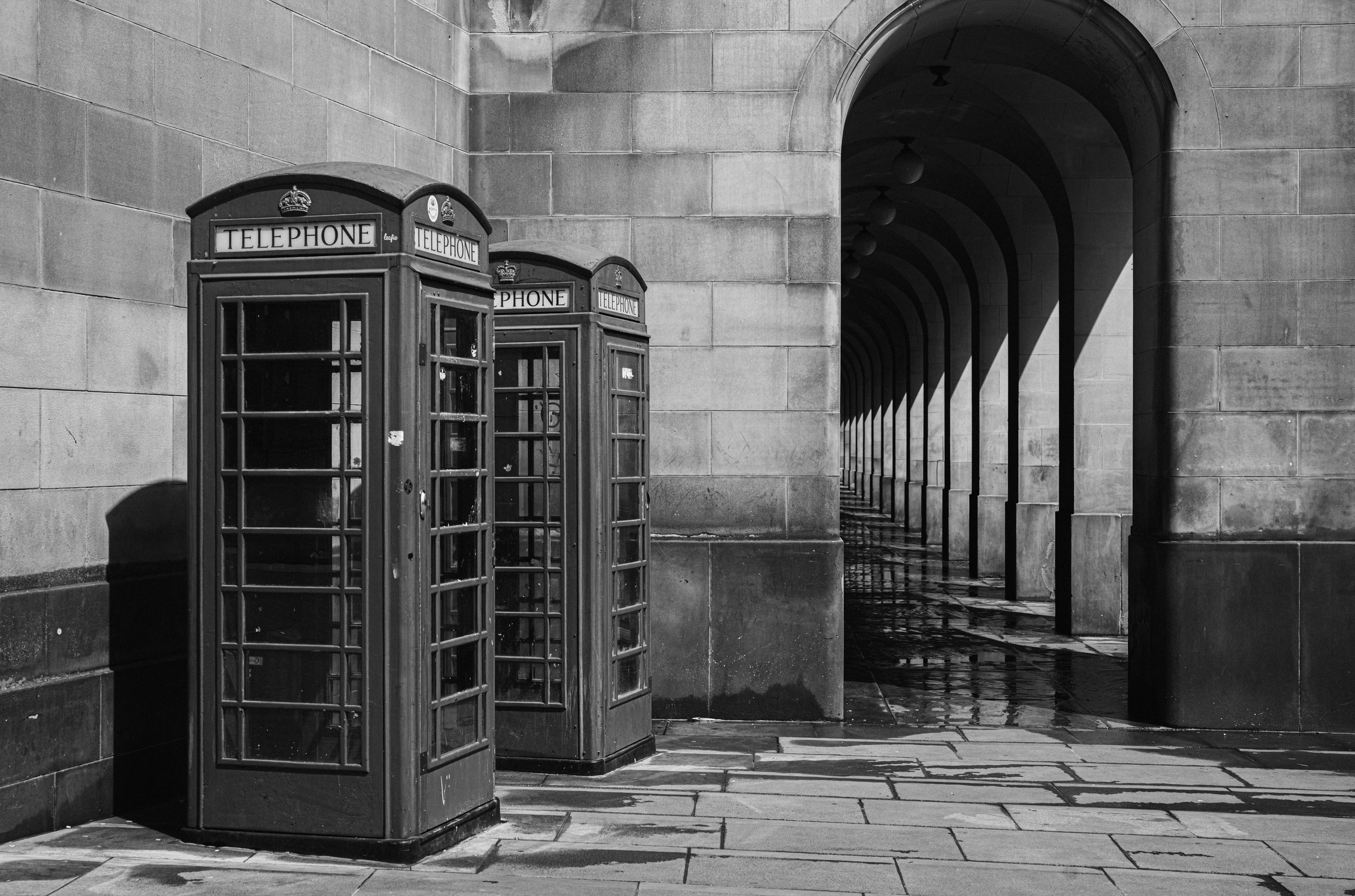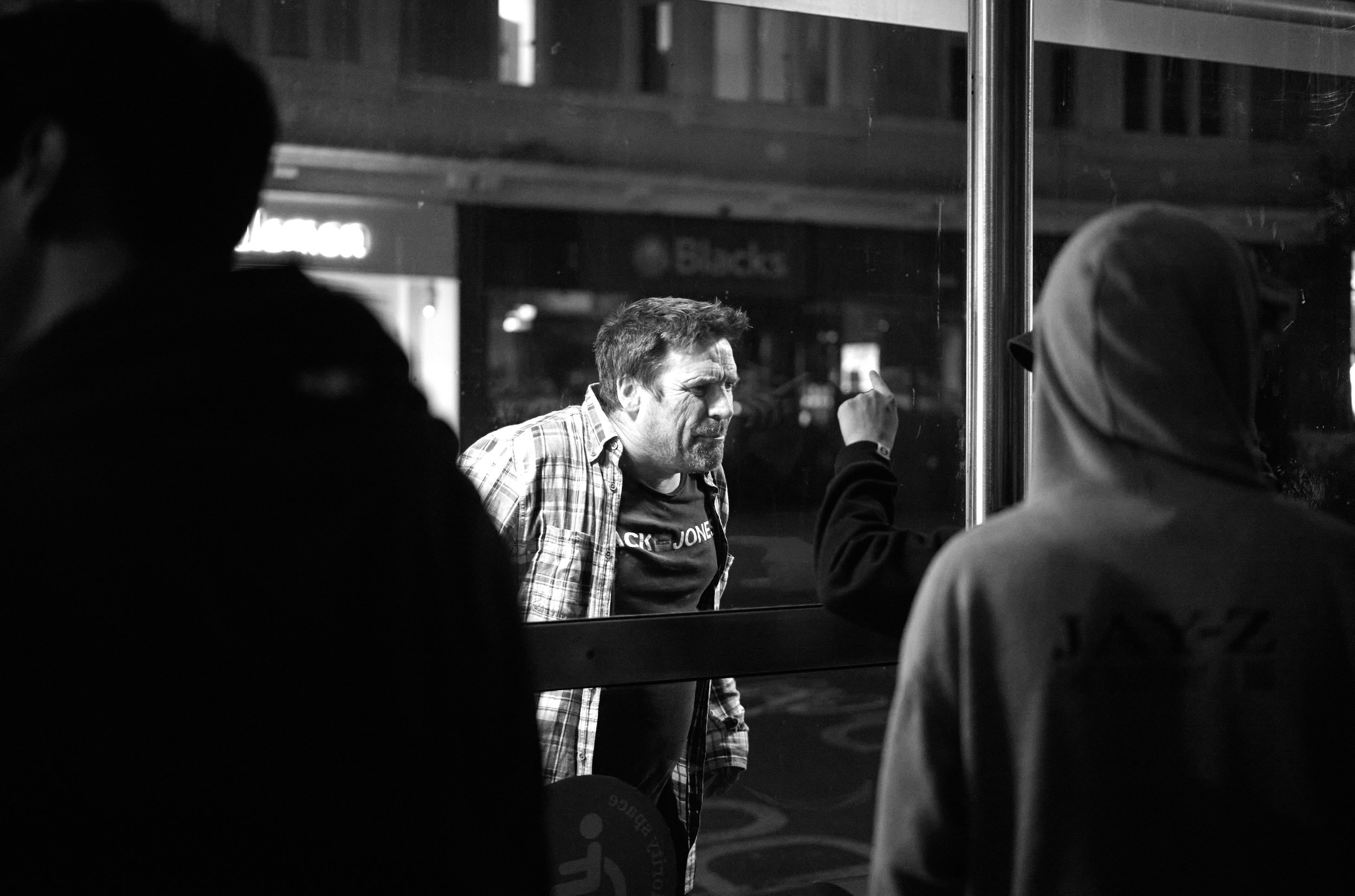Living Life in Monochrome
A couple of months ago, I finally bought my very first Leica camera. I've been using Fujiifilm cameras ever since the X-T1 came out, but deep down, I've always wanted to switch to Leica. Maybe it’s the aesthetic appeal, or the “Leica look” that you often see from the best photographers in the world. It was a dream of mine for years, until this year, after working my ass off, it became a reality.
The M11 is likely Leica's best offering, but it was a tad too expensive for me. While searching for an M10-R, a camera I recently rented, I stumbled upon a great deal for the M10-Monochrom. As someone who mostly takes colour photos, I wondered if it was worth paying so much for a camera that only captures black-and-white images. Well, ADHD in overdrive, I went for it, haha. Was it a wise choice?
Leica M10 Monochrom & Voigtlander 35mm F1.4 Nokton Classic - ISO 3200 - F1.4 - 1/250s
“Jay, what camera should I buy?” - almost all of my friends
When I consider the value of a camera, I ask myself if it can help me make more money, or bring me joy. Does the Leica M10 Monochrom do this? The TL;DR answer, in this case, is no - but it’s a bit more complex than that.
I predominantly make a living shooting commercial projects for brands and 95% of the time they require me to deliver colour images. This immediately sets off a red flag for this camera, so why on earth did I buy it?
Alongside photography being my career, it’s my favourite hobby. When I’m not shooting for brands, I’m out in the street or taking portraits, and I almost always have my camera on me. The M10 Monochrom for me was an exercise in changing things up in my personal photography that could potentially teach me things I would otherwise never learn if I wasn’t forced to stick to black and white.
The thing with black and white, be it film or a specialised digital sensor, is that you have to change how you first see and compose an image. The monochrome sensor only has to deal with luminance, rather than colours, and some of the pros to that are an increase in higher ISO performance and image quality. From my findings, ISO 6400 was more like ISO 800 in terms of noise, and if you’re a low-light photographer like I am, this is absolutely game-changing. I’d often shoot at 25,000 with zero worries.
Leica M10 Monochrom & Voigtlander 50mm f2 APO-LANTHAR - ISO 12500 - f2.8 - 1/60s
What truly persuaded me about this camera is that it made me see art differently. As a photographer, having the right camera is important, and it's essential to pick one that fits your style. What sets one photographer apart from another is their own special way of seeing the world. The camera is simply a tool to translate the photographer's vision into a visual form that others can appreciate. In my case, I have a lot of experience in perceiving and capturing colors, with occasional ventures into black-and-white.
Well-known names from the past like Fan Ho, Dorothea Lange, Vivian Maier, and Robert Capa, as well as more contemporary photographers like Alan Schaller, Matt Day, and Joakim Möller, are masters of monochrome. They have a distinct style that sets them apart from photographers like Fred Herzog, Saul Leiter or Martin Parr, who are more famous for their colour work. Some photographers even claim that the only real photography is in black and white.
Adapting to the camera took some time. Instead of focusing on colors as I normally do, I found myself more interested in capturing shapes and textures. This reminded me of the Japanese idea of 'shoshin', beginners mind.
Shoshin is a concept from Zen Buddhism meaning beginner's mind. It refers to having an attitude of openness, eagerness, and lack of preconceptions when studying, even at an advanced level, just as a beginner would.
If anybody reading this is experienced in Brazilian Jiu-Jitsu, it’s very much like training in the gi, and then training without it. Indistinguishable physics with interchangeable applications.
The Importance of Aesthetics in Photography
My favourite thing about the camera is how it feels to use. Not only is it, in my opinion, the nicest-looking camera of all time with its stealthy matte black finish and the classic Leica look, but it feels perfectly weighted. The sound of the shutter is beautiful and paired with a thumb grip, it’s such a joy to use and hold. Having this camera made me want to go out ALL the time. I would go on miles and miles of walks just so I could photograph even the most mundane things.
One of the reasons I didn’t enjoy using the Fujifilm X100V is one of its main selling points; it’s too light, and the lens is a bit too small making it hard to use manually. The Leica M10 Monochrom and M10-R both feel like they’re made to a premium standard. They’re weighty, and M-mount lenses are the perfect size for manual focusing.
If money were no object, I’d keep this as a personal camera and use it alongside an M11 or M10-R, but even at the price I found it for, it’s a lot of money for something that isn’t going to be my main camera.
So I sold it to my friend Gary Tyson, who’s a fantastic photographer. Parting with it felt a little less heartbreaking knowing it was going to someone who would love and use it the same way I did, but funnily enough, he’s probably getting rid of it for the same reasons.
See if you can tell which shots are with the M10 Monochrom, which are shot on film, and which are with the SL2-S. Answers will be below!
From Top Left to Bottom Right:
M10 Monochrom: 1, 2, 5, 7-13
M7 with Ilford HP5: 3, 4
Leica SL2-S: 6, 14
What did I learn?
I often get easily distracted. When I'm not fully focused, it's easy to forget the fundamentals of anything, including photography. During the recent Bloodstock Festival, I was so preoccupied with capturing vibrant scenes that I felt like I wasn't shooting my best work.
In my opinion, if you commit to using black and white, you should prioritize the intention behind it. If you take a photo that was shot with the intention of colour and convert it to black and white, it doesn’t have the same effectiveness.
Leica M10 Monochrom & Voigtlander 50mm f2 APO-LANTHAR - ISO 800 - f3.5 - 1/500s
A simple idea that I've learned from working with black and white is that it doesn't always have to be extreme in terms of contrast. When it comes to street photography or concert photography, high-contrast backlit or sidelit lighting is usually the most striking. However, when capturing portraits, black and white can also do a fantastic job with soft, even lighting.
What I bring back from my experience with colour is the intention behind it. Just like when you start taking photos with film and you slow down to make each shot count, working with black and white requires a similar approach. You have to focus on elements like the moment, emotion, and storytelling conveyed through the subject's shape, movement, layering, texture, and expression. Instead of relying on vibrant colours or stunning sunsets, black and white photography demands attention to the fundamentals.
Akira Kurosawa is exceptionally skilled in this aspect, as detailed in one of my favourite cinematography studies by Every Frame A Painting:
I'll give you an example: I was walking with my camera at night in Brighton and stumbled upon an argument breaking out. Because there are no colorful distractions from the lights, all the attention is on the man's intense expression, his aggressive stance, and the finger pointing at him. The story being conveyed here is quite straightforward and easy to understand.
Leica M10 Monochrom & Voigtlander 50mm f2 APO-LANTHAR - ISO 10000 - f2 - 1/500s
Who is this camera for?
If I were to set off on a documentary project or book, I’d absolutely use this camera for the long term. Some of the shots I got had a film-like feel, and there’s such range in the files that you can really bend them to your will, almost as if you’re in the darkroom.
I’d say that if you’re a documentary or film photographer wanting to move into digital that focuses solely on black and white and needs extremely good quality in a small package, this camera is the perfect tool for you. You can easily get 95% film-like images using this camera and a software like SilverEfex Pro.
Will I buy it again?
I think so, when I am able to justify it. For now, I’m using the Leica SL2-S and the Leica M7, which together (secondhand) cost me the exact same price as the M10-Monochrome alone.
The M7, which I’ll dedicate a blog post to, gives me the same joy that the M10 Monochrom did but with the added experience of rekindling a love for film photography, the obvious drawback is spending more money on film over the long term, but I love the look of both colour and black and white film and the process involved.
The SL2-S on the other hand is the perfect work-camera for me. It gives me all the benefits of the low-light performance up to around ISO 12500, the Leica build quality, and all of the modern camera technology except for the average autofocus.
But for some reason, I keep wanting that digital M experience again.


















